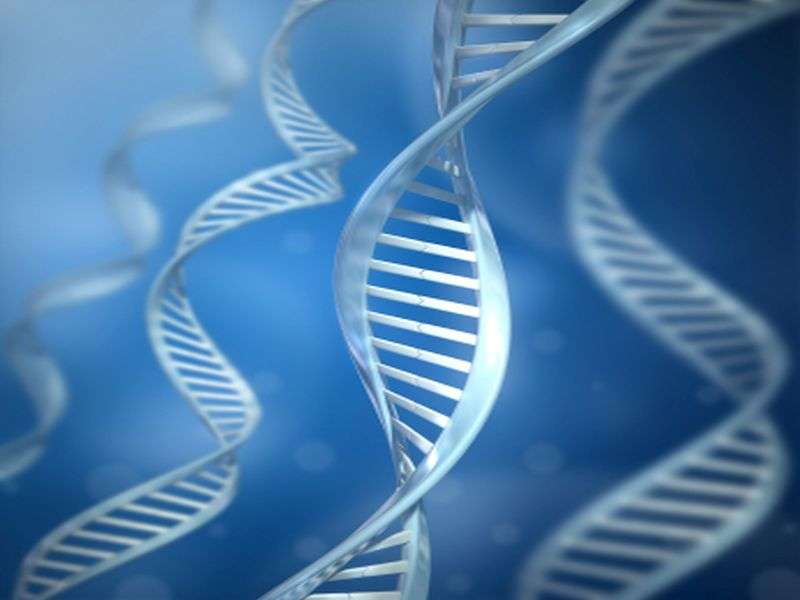Mutations in SULT2B1 tied to ichthyosis in humans

(HealthDay)—Scientists have discovered another gene mutation behind certain cases of autosomal-recessive congenital ichthyosis (ARCI), according to a report published in the June 1 issue of the American Journal of Human Genetics.
Keith Choate, M.D., Ph.D., of the Yale University School of Medicine in New Haven, Conn., and colleagues utilized whole-exome sequencing and multigene panel screening to identify four distinct mutations in ARCI, including missense, nonsense, and splice site mutations.
The team noted loss of SULT2B1 expression at RNA and protein levels in keratinocytes. They then reconstructed the morphologic skin alterations in a three-dimensional organotypic tissue culture model with SULT2B1-deficient keratinocytes and fibroblasts. Using thin layer chromatography, they demonstrated absence of cholesterol sulfate, and an increased level of cholesterol.
"Our study reveals an essential role for SULT2B1 in the proper development of healthy human skin," the authors write. "Mutation in SULT2B1 leads to an ARCI phenotype via increased proliferation of human keratinocytes, thickening of epithelial layers, and altered epidermal cholesterol metabolism."
More information: Abstract/Full Text (subscription or payment may be required)
Copyright © 2017 HealthDay. All rights reserved.



















